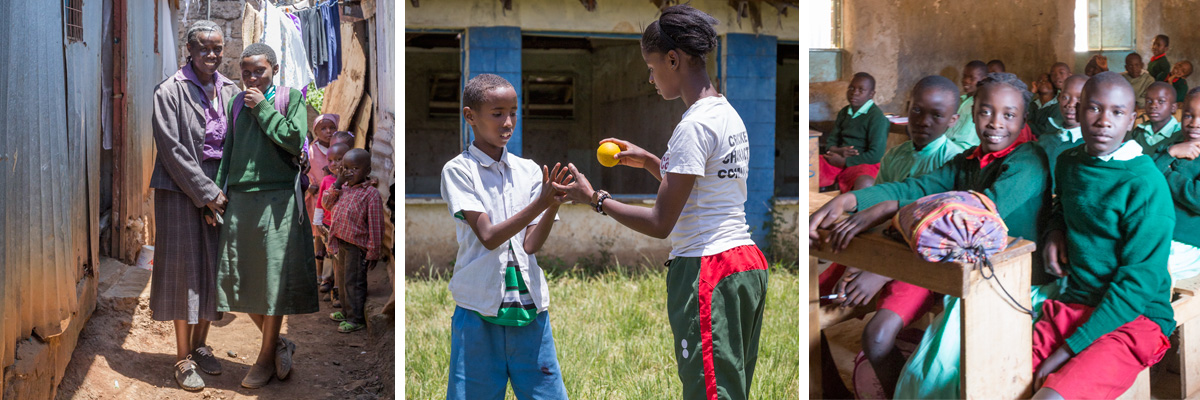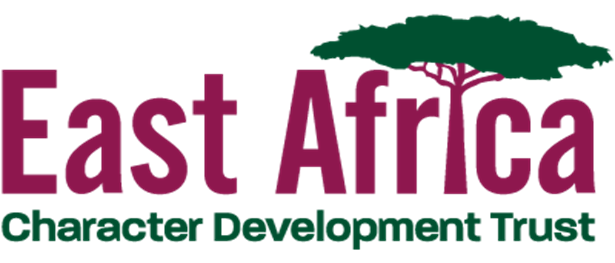Kenya is a place of extreme poverty and deprivation, ranking 152 out of 191 countries and territories on the United Nation’s 2021 Human Development Index. An estimated 45% of the population live below the poverty line.
Despite primary schooling being both free and a mandatory requirement, only 63% of Kenyan boys and 68% of girls complete primary education. About 60% access secondary schooling for which some fees are mandatory, while in Nairobi only 22% of girls enroll at secondary school.
60% of the population is under the age of 26 and youth unemployment currently sits at 39%. The Covid pandemic made matters worse, impacting badly on the economy and on educational provision.

According to UNESCO, between 2019 and 2021 there was a 9% decrease in the number of boys meeting minimum educational proficiency levels. Since 1970 Kenya’s population has exploded from 10 million in 1970 to 53 million today (World Bank, 2021). Government educational resources are worryingly over-stretched. While progress has been made in increasing access to education, investment in education has not matched this growth.
In many larger primary schools in slum areas class sizes regularly number 100, with 5 children frequently sharing a desk, while the absence of free secondary schooling means that many disadvantaged young people are excluded from the age of 14+.
Many thousands of youngsters in Kenya, especially from slum communities, including many orphaned or from single-parent households as a consequence of AIDS / HIV and drug abuse, grow up without hope. They also grow up without opportunity and without the skills, values and attitudes that would enable them against the odds to break the cycle of poverty and hopelessness.
The EACDT Character Development Programme gives the children hope for their future.
Unsurprisingly, Kenyan education has focused narrowly on academic attainment with inadequate attention given to the personal development of young people, on Character Education and Life Skills. Whilst the Kenya Government has defined and imposed a Life Skills Education Programme, there are, predictably, few resources available with which to deliver it.
Kenya is also a place where, over a long period of time, girls and women have endured widespread discrimination. Kenya ranks 109 out of the 153 countries in the 2020 Global Gender Gap Report; significant inequalities between males and females remain in education attainment, health outcomes, representation in parliament and participation in the labour market. Women and adolescent girls are by a long way the most vulnerable group. They are particularly vulnerable to poverty, exacerbated by gender-based violence, harmful cultural attitudes and beliefs around gender roles, norms and female empowerment.
